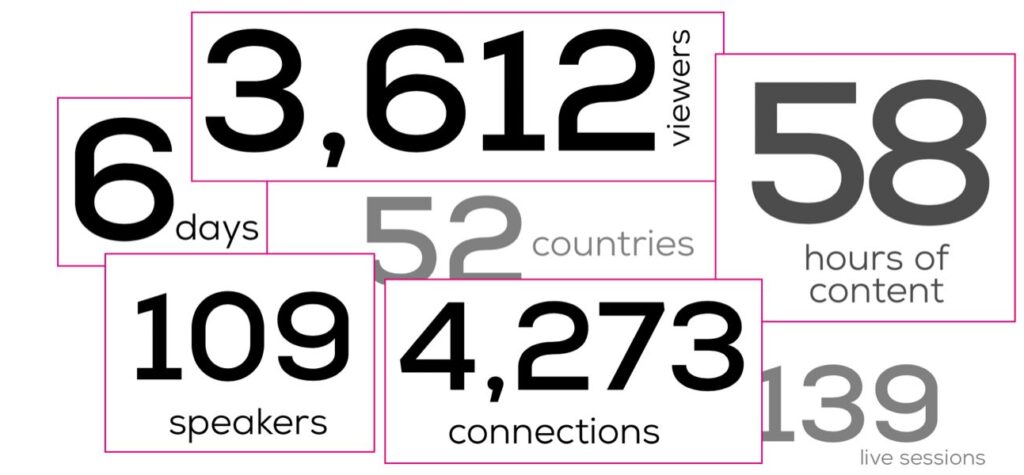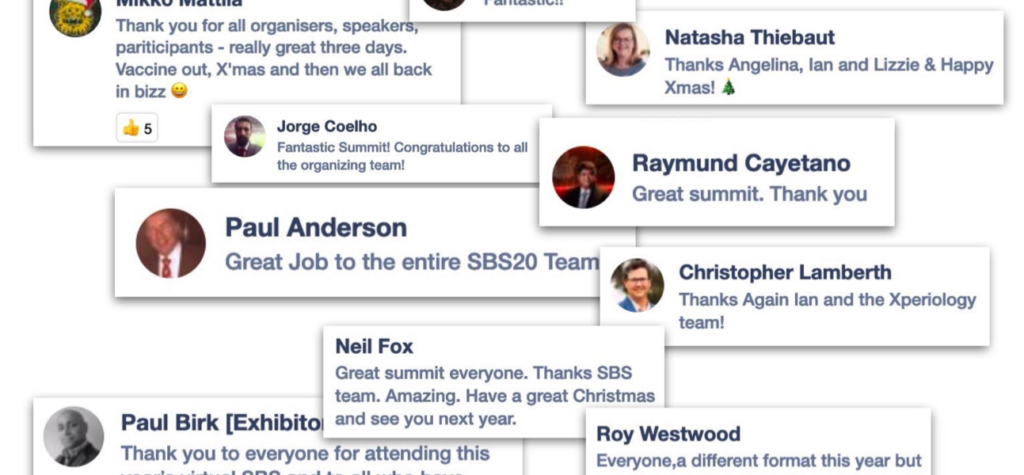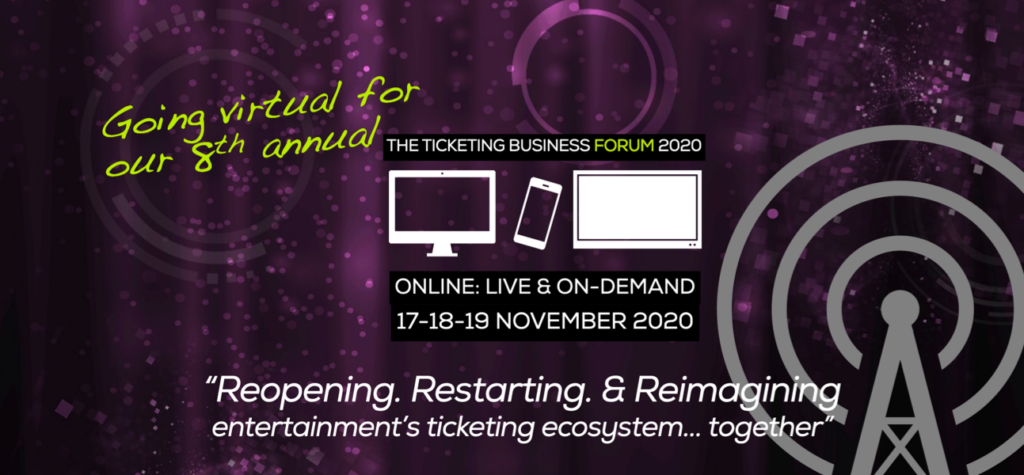PROJECT Q&A: Redesigning VTB Arena Park, Moscow with David Manica
David Manica, president of MANICA Architecture, believes in stunning design and innovative functionality as the path to thriving facilities – and ecstatic clients.
In his 18 years designing large public assembly facilities, David has forged a vision for some of the world’s highest-profile stadium, arena and convention projects. He values a collaborative approach to design that successfully solves all of his clients’ needs related to aesthetics, program, budget, function and schedule.
TheStadiumBusiness Design and Develoment Summit (TDS), caught up with David Manica to discuss his recent project at the VTB Arena Park in Moscow which is scheduled to open on October 22, 2017 – Birthday of legendary Soviet football player, Dinamo Lev Yashin.
VTB Arena Park
TDS: You’ve been working on this VTB Arena Park for some years now. What’s so special about this project?
David Manica: The project is unique in the world in the sense that it combines an indoor multi-purpose arena with an outdoor stadium together into one building – AND that combined sport arena/stadium building sits above a commercial retail development that includes restaurants, cinema and shopping. The stadium, arena and retail areas have all been designed to operate separately and simultaneously.
TDS: I hear it’s had a major redesign – Why?
DM: It was decided that Moscow should only have two stadium venues in the 2018 World Cup. And, with the Dynamo stadium not yet under construction, it could benefit from the opportunity to be redesigned as a smaller and more efficient facility for legacy use if it did not have to accommodate FIFA World Cup™ requirements. It was therefore excused from the event and we immediately underwent redesign to reduce the stadium portions capacity.
This saved the project hundreds of millions in construction cost.
TDS: What has been the major impact of the redesign?
DM: The primary difference relates to the size and configuration of the two venues. The stadium in the original design accommodated 45,000 seats for quarterfinal FIFA World Cup™ matches. The current design accommodates 27,000 seats for UEFA compliant stadium. This reduction of 18,000 seats, including all the necessary concourse, toilets, concessions, and stairs, allowed us to dramatically reduce the overall size and shape of the building.
The other main difference is that the stadium pitch has been re-oriented to align with the original orientation of the historic Dynamo Stadium pitch. Additionally, a level of parking and a level of retail have been eliminated.
TDS: Is it easier to build? Easier to manage?
DM: It’s significantly easier to build, and I would also say easier to manage. With the redesign and overall reduction in capacity, we were also able to reduce the total gross area of construction as well as the structural cantilevers required to suspend the building out over the historic stadium wall below.
The total construction savings for the project is estimated at 500 million Euros.

The Future of Stadium Design
TDS: What are your expectations of our meeting in Nice?
DM: I look forward to seeing the most important personalities in our industry, and collaborating and discussing future trends of sport and venue design around the world.
TDS: Where will we see MANICA working in the future?
DM: We continue with other projects in the future. We are in fact currently designing another FIFA World Cup™ stadium for 2018 in Russia, have active projects in Europe and Asia, and are currently designing a new 18,000 seat NBA arena in the US. We have a lot of exciting projects on the boards, and I’m looking forward to releasing the details on those shortly.
TDS: Finally, what’s the biggest challenge facing major venue design?
DM: It’s a very difficult building type because of its size, complexity, and importance to cities. And, there are always a lot of stakeholders in these types of projects, which makes them even more complicated to successfully complete. So, it is difficult to select the most significant challenge from such a long list!
But if I were to take a step back and think more abstractly.
I would say that the future stadium’s biggest challenge will be meeting the spectator’s ever increasing demand to be entertained.
The historical and most essential function of the stadium is to provide an environment in which sport can be played by athletes and viewed by spectators. But anybody in our business knows that the success of modern stadia has evolved into something much more complicated. Stadiums of today (and tomorrow) are vessels for an experience. And it’s the quality of that experience for the fans, whether the team wins or loses, that will allow the venue to succeed in a world where we have so many other options for entertainment available to us.
Want to learn more about the #FutureStadiums? Click here to find out about TheStadiumBusiness Design and Development Summit 2013.















Share this